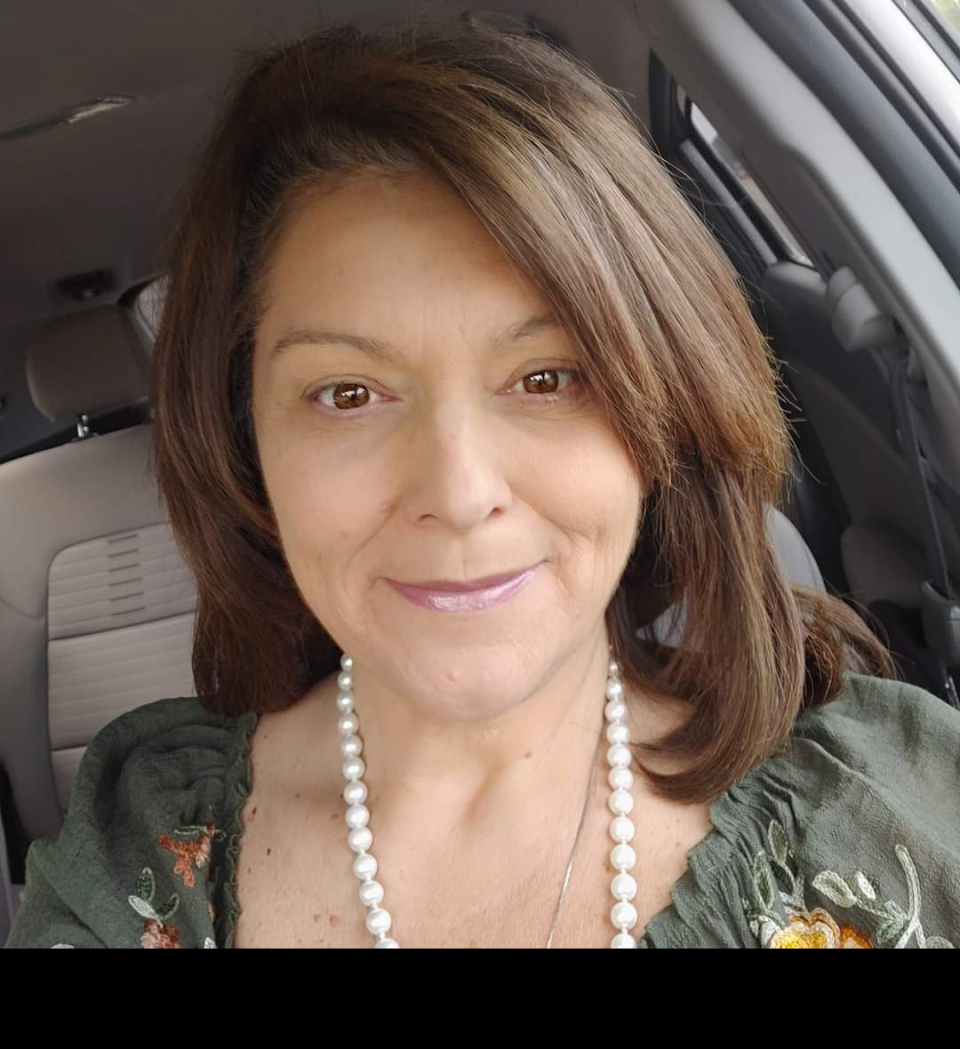Rapier: Lessons learned at the Great Pueblo Sleep Out
I am the executive director of the Pueblo Rescue Mission. In my 17 months in this role, I have seen a lot, learned a lot and more importantly discovered how very little I knew about homelessness. Every day is a teaching moment in addiction, mental illness, violence, apathy and desperation. I find every interaction valuable because there’s always a takeaway for how to do it better or how to help in a more useful way for the next encounter. On Saturday, May 6, I got the lesson of a lifetime. I participated in The Great Pueblo Sleepout.
It was a nice day that turned into a cool evening with 15-18 mph winds. With some difficulty, I made my “camp” and laid out my sleeping bag and my pillow on some artificial turf with a concrete underlay. I was camping with others on the CSU Pueblo soccer field. There was plenty of light for a while. An enclosed fence protected me, and I had access to a bathroom — not exactly the same environment many of our unsheltered endure.
At 11:59 p.m., the stadium lights that were on a timer shut off. It was like a silent, dark tomb. I saw stars like I couldn’t believe, but it was dark. I drifted off to sleep easily enough, but about every 40-60 minutes I woke up, sat up, looked around, tried to get my bearings in the dark and I located my purse and even pulled it closer to me. I was vigilant. I knew we were enclosed in a gated area, but I couldn’t make myself fall asleep for fear that maybe someone would access our sleep area through the fence that maybe wasn’t supposed to be there, or quietly come upon me, or so I felt.
Like clockwork, I’d bolt up, look around, assess my surroundings, and then lie down again. I began to think about the emergency service clients who come in every night and how the minute their heads hit that bunk mattress, they crash. They are asleep and fast. The vigilance of having to be alert when you are sleeping outside in public is exhausting. I tried to imagine what it would have been like if someone had come up to my camp and woken me out of my half sleep and said, “You can’t sleep here. Get your stuff and move along.”
I know I would have been frightened, angry, frustrated and defeated because I would have had nowhere else to go. By 3 a.m., sleep failed me, and I was exhausted with the full weight of the danger they must sleep in. I now see that those emergency clients come into the shelter and pass out from exhaustion because for the first time (or the first time in a long time) they don’t have to sleep with one eye open. They can sleep in safety and security.
My other struggle for sleep came in the form of shivering. I had two layers of pants on and a fleece hoodie. I was also wearing gloves, a stocking cap and my shoes. I could not get warm. I pulled my phone out of my 40-degree rated sleeping bag and saw it was 46 degrees. I could barely feel my fingertips. My feet were aching from the cold, and I equate it with the feeling you get when you reach your hand into an ice chest to grab a soda. My feet just flat ached. I rolled over side to side on that concrete and my hip would throb, so I’d roll onto the other hip. I tried stomach sleeping but the concrete hurt my ribs and the reality was that there wasn’t a comfortable position to sleep.
I thought about the elderly unsheltered folks and how much colder they probably feel. Then the realization hit me that for the city of Pueblo to make an emergency declaration of weather, it would have to be 30 degrees colder than it was for me at that very moment. I simply could not fathom, nor understand how more unsheltered citizens don’t die in Pueblo in the winter.
I was fearful and vigilant all night long and even though I had my husband sleeping right next to me, I still slept “with one eye open.” I am 56 years old and by 5 a.m., I felt like I was 70.
I thought about the unsheltered women in Pueblo and the fear they live with every night. I have no words for the vulnerability they must experience. I thought about the mentally ill and the addicts we all encounter with frostbite, weathered faces and chapped bloodied and scabbed skin that is painful to look at. I see these folks come for outreach meals with blackened frostbite skin, cracks in their hands, feet, and faces. This happens tenfold to a vulnerable population who are lacking the conscious judgment to protect themselves. They are at war with the elements and the elements of winter are winning. My critics will say, “She should experience sleeping outside in a real scenario.”
Maybe they are right, but I know this experience was eye opening, humbling and vision affirming for me just as I experienced it. I am sickened and saddened that people must do this every night. My response to our unsheltered’s needs will be tempered with more humility, less judgment, and more patience. My vision, my goal and my hopes for this population are renewed and my commitment strengthened. I am inspired to do everything I can personally and through The Mission to bring more people out of the cold and help restore them to the life they deserve.
The Great Pueblo Sleep Out was a wake up for me and for everyone sleeping alongside me that night.

Melanie Rapier is the executive director of the Pueblo Rescue Mission
This article originally appeared on The Pueblo Chieftain: Rapier: Lessons learned at the Great Pueblo Sleep Out

